Activity Stream
Posts Activity Stream
-
-
Ed - If they are the KF Hoerner tips for models 4-7, I might be interested in buying them to replace the droop tips on my KF4. They were originally supplied split at the trailing edge specifically for the new Riblett airfoil, flexible yes but not easily fit to the under cambered KF 1-3 or Avid HH/STOL ribs without a bunch of added work. I tried on my Avid Mk-IV and said fuggitaboutit.
-
Doug,
I have a set of Hoerner style tips - Donno if Kitfox or someone else sold them, but think they were from Kitfox - they don't look as heavy as your tips, and will bend to fit either the straight, Riblett, or Eppler Undercambered wings. I'm not going to use them, as Cessna 182 tips are longer and fit my extended wing chord. Mine will be removable.
I also have a set of used Kitfox droop tips for sale.
EDMO
-
This shows how the fixed tips are finished on my Aerotrek. Fabric glued and taped directly to tip than painted.
-
-
That looks like a 5-gal fuel jug. Steve Winder told me they fit damn near perfect in an Avid, and it sure looks like that's true from those photos. They can be found in different sizes and vent configurations and are made to dump fuel quick, I bought some from Summit Racing years ago after I got frustrated with the new spill-proof caps on poly gas containers. Another idea might be those Roto-Pac (sp?) poly fuel cells that attach to a mounting cradle that attaches to your ATV rack (or fuse tubing?).
PS - found a pic in my files on how one guy fabricated a large aluminum tank to sit in the baggage area, would personally be suspect of CG without a Sube upfront or a non-stretched Avid.
Edit to 'fix' spell check by iPad and add pic
-
After some thought, I decided to fit a set of KF Hoerner style tips to my Avid+ for easy removal (these tips will not work with Avid or KF under cambered rib profiles). No extensive fairing or fancy transition needed for the extruded leading edge with this setup, it simply butts up against the tip which is shaped to match with a bit of superfil.
-
This shows the way Avid non-removable tips are installed. While you can see the extruded pvc leading edge in the pic, Avid never included that in their build materials or instructions.
-
-
-
I had thought of something similar when/if I do a longer cross country. My thought was to put it up front on the right side of my KF to lessen the aft CG effect.
-
Thanks for the visual aids for the story!
I've been thinking about the crew and how they worked together to create the best enviroment they could, using what they had, to make the best possible outcome.
We had one really close call on the submarine I rode. Again, it was a group effort and quick rational thinking of the crew members isolated in the effected compartment that averted disaster. Of course the skipper getting us on the surface quickly and safely helped too

-
-
this guy here has the 24 foot aerobat wings performance is amazing I would not be one bit afraid of it.
Thanks TJay that video was perfect! Looks like touchdown near 50mph which is right where I was hoping.
That is the Avid that I share a hangar with. It is a Model C Aerobat with a 582, c-box 3:1 with a 3 blade Warp Drive Prop. My Avid is the regular Speedwing with a 582 b-box 2.58:1 and a 2 blade GSC prop. We usually use around 500ft of runway taking off from grass and we could probably get it stopped in about the same distance. His cruise speed is a little better than mine but I am getting closer to matching him now. Cruise speed is around 100 mph IAS with a top speed of around 115 mph. We have both cross checked against GPS in 2 directions and our readings are pretty close to being correct. Touch down speed is around 50 mph after 65-70 on short final. My stall speed is 46 mph. Oh yeah and climb in mine with just me and 12 gallons or so of gas is roughly 1200-1400 fpm depending on outside temps.
If you have some tailwheel experience then landing a speedwing should not be much of an issue. We enjoy the higher cruise speeds and slightly more comfortable rough air handling.
Dan
Hi Dan that is the information I needed! Thanks for the reply. Curious what you've done to your plane for speed improvements to you plane?
Thanks
Bill
-
Hi Bill,
Looks like you're getting nowhere fast with this question, maybe I can help. One of the first Avid owners in my area that I spoke to when I was researching kit planes waaaay back when, was a model C Aerobat builder. I posted a copy of an article about her build you may want to read, as I believe it included her performance #'s (link below). Coincidentally, I think the plane was listed for sale recently in the classifieds here which may provide you with a means to contact the owner. Best regards.
Doug
Thanks Doug that was very helpful.
-
Bill,I've got some papers on doing aerobatics in the Aerobat - Donno if it has the same wing, and donno if these papers give any stall info along with how to do the maneuvers - I've only flown Kitfox, and a lot of certified birds. I don't think you will stall at more than 50 with the short wings, and maybe closer to 40, but again, weight is a factor. IMO, the best way is to take it up and get close to a stall, and go by whatever your ASI tells you, adding in some for varying conditions.Heavy planes don't have as much variation in stall speeds with different weights as these light ones.EDMOProper use of flaps might make a big difference in your speeds, climb rate?
Thanks Ed!
-
On the kitfoxes, the wing is covered, and the tip is screwed on afterwards. It can even be removed later if one wants. ON the Avids, the wing tip is part of the covered wing. Hope that was clear
 ) I tried to find a picture that shows the Avid wing tip better, but this is as close as I could find just now. Jim Chuk
) I tried to find a picture that shows the Avid wing tip better, but this is as close as I could find just now. Jim Chuk -
A friend of mine put in a 5 gallon plastic tank behind the seat on his Avid A model. He uses an electric pump to transfer the fuel to the front tank. He bought the tank, but I don't remember where right now. One big concern is the tank getting in the way of the flaperon control rods when you fold the wings. Less of a concern if you never fold the wings. Just went looking for the pics I took of that tank, and it looks like he does unhook his flaperon control rod to fold his wings. Jim Chuk
1 person likes this -
Has anyone installed a large ferry tank behind the seat on their Avid/Kitfox? I am thinking of one plumbed exactly like the small header tank, but perhaps as large as 10 to 13 gallons, depending on tank shape and available space back there. Learning from one who has done it already would be a real help. Thanks!
-
A friend sent this to me.
Never heard this amazing story:
B-17 "All American" (414th Squadron, 97BG)
Crew:
Pilot- Ken Bragg Jr.
Copilot- G. Boyd Jr.
Navigator- Harry C. Nuessle
Bombardier- Ralph Burbridge
Engineer- Joe C. James
Radio Operator- Paul A. Galloway
Ball Turret Gunner- Elton Conda
Waist Gunner- Michael Zuk
Tail Gunner- Sam T. Sarpolus
Ground Crew Chief- Hank Hyland
In 1943 a mid-air collision on February 1, 1943, between a B-17 and a German fighter over the
Tunis dock area, became the subject of one of the most famous photographs of WW II. An enemy fighter attacking a 97th Bomb Group formation went out of control, probably with a wounded pilot, then continued its crashing descent into the rear of the fuselage of a Fortress named "All American", piloted by Lt. Kendrick R. Bragg, of the 414th Bomb Squadron. When it struck, the fighter broke apart, but left some pieces in the B-17. The left horizontal stabilizer of the Fortress and left elevator were completely torn away. The two right engines were out and one on the left had a serious oil pump leak. The vertical fin and the rudder had been damaged, the fuselage had been cut almost completely through connected only at two small parts of the frame, and the radios, electrical and oxygen systems were damaged. There was also a hole in the top that was over 16 feet long and 4 feet wide at its widest;
the split in the fuselage went all the way to the top gunner's turret.
Although the tail actually bounced and swayed in the wind and twisted when the plane turned and all the control cables were severed, except one single elevator cable still worked, and the aircraft miraculously still flew!
The tail gunner was trapped because there was no floor connecting the tail to the rest of the plane. The waist and tail gunners used parts of the German fighter and their own parachute harnesses in an attempt to keep the tail from ripping off and the two sides of the fuselage from splitting apart.
While the crew was trying to keep the bomber from coming apart, the pilot continued on his bomb run and released his bombs over the target.
When the bomb bay doors were opened, the wind turbulence was so great that it blew one of the waist gunners into the broken tail section. It took several minutes and four crew members to pass him ropes from parachutes and haul him back into the forward part of the plane. When they tried to do the same for the tail gunner, the tail began flapping so hard that it began to break off. The weight of the gunner was adding some stability to the tail section, so he went back to his position. The turn back toward England had to be very slow to keep the tail from twisting off. They actually covered almost 70 miles to make the turn home. The bomber was so badly damaged that it was losing altitude and speed and was soon alone in the sky.
For a brief time, two more Me-109 German fighters attacked the All American. Despite the extensive damage, all of the machine gunners were able to respond to these attacks and soon drove off the fighters. The two waist gunners stood up with their heads sticking out through the hole in the top of the fuselage to aim and fire their machine guns. The tail gunner had to shoot in short bursts because the recoil was actually causing the plane to turn.
Allied P-51 fighters intercepted the All American as it crossed over the Channel and took one of the pictures shown. They also radioed to the base describing that the appendage was waving like a fish tail and that the plane would not make it and to send out boats to rescue the crew when they bailed out.
The fighters stayed with the Fortress, taking hand signals from Lt. Bragg and relaying them to the base. Lt. Bragg signalled that 5 parachutes and the spare had been "used" so five of the crew could not bail out. He made the decision that if they could not bail out safely, then he would stay with the plane to land it.
Two and a half hours after being hit, the aircraft made its final turn to line up with the runway while it was still over 40 miles away. It descended into an emergency landing and a normal roll-out on its landing gear.
When the ambulance pulled alongside, it was waved off because not a single member of the crew had been injured. No one could believe that the aircraft could still fly in such a condition. The Fortress sat placidly until the crew all exited through the door in the fuselage and the tail gunner had climbed down a ladder, at which time the entire rear section of the aircraft collapsed.
This old bird had done its job and brought the entire crew home uninjured.My father flew in B-24s in the pacific. Many fond memories of the stories. I am named after his best friend who died in a post takeoff crash. What an honor...
1 person likes this -
-
I sure like how Ron flared out that leading edge here, when you do it that way, does that mean you have to fabric that wing tip, I have the drooped tips for mine not sure how that will go, I thought you fabric then install the wing tip. Then finish tape from the wing onto the tip edge covering the rivets. Any suggestions?
-
I did. My set up is a mirror of yours. Although I believe Lowell's fabric skills are a touch better than mine. This was the first time I did any covering, I did have a few imperfections and wrinkles in the tapes.
-
I used two quarts for the acid etching primer, and also 2 quarts for the epoxy paint. Each comes as a two part mix, with one quart of each part.. No doubt, most of the paint is now stuck to my garage floor, as a lot of it misses the tubes. Anyway, that's how much I used with basically one coat of each type of paint. I did look around closer to home today for some one to give me a price on sandblasting and powercoating. Looks like Crystal finishing is 300 miles from me. That ends up being 1200 miles with hauling it down, then having to go back when it's done. I have a Kitfox 4 fuselage that will need blasting and new paint when I start to rebuild it. Plan is to finish the Avid first, then the Kitfox. Jim Chuk
-
Maybe they both went to the same school that I did, and made a taildragger out of it until it stopped!
I could see the Air Force Pilot doing that, because his engine was still running - Donno about the other one tho.
EDMO

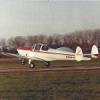
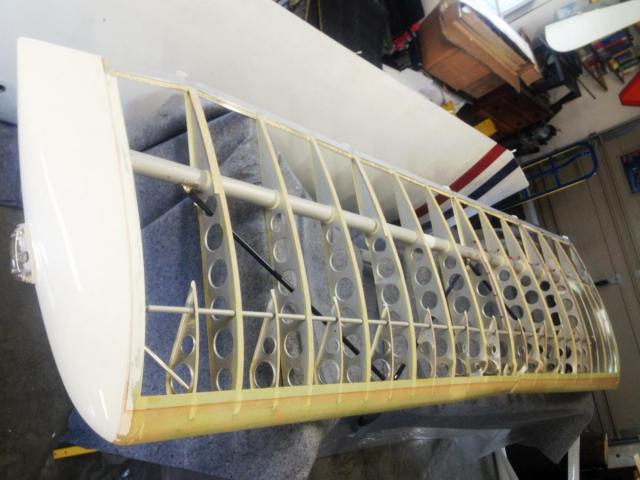
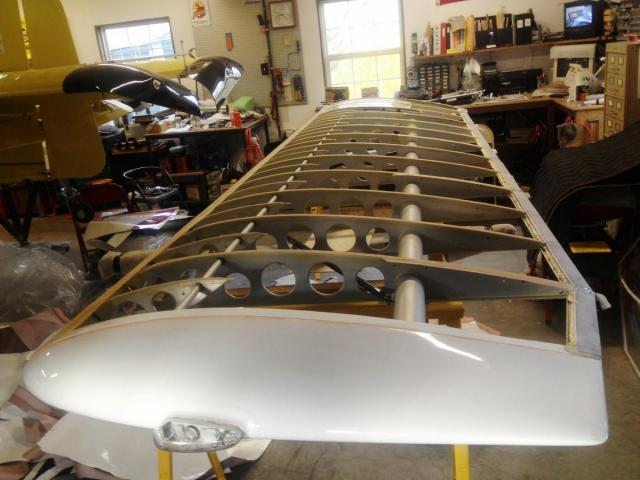
_(46x80).jpg.25919e611bc17cbb4d01f5d473f61d02.thumb.jpg.d5ec651266d728370fc50305667ddcdb.jpg)

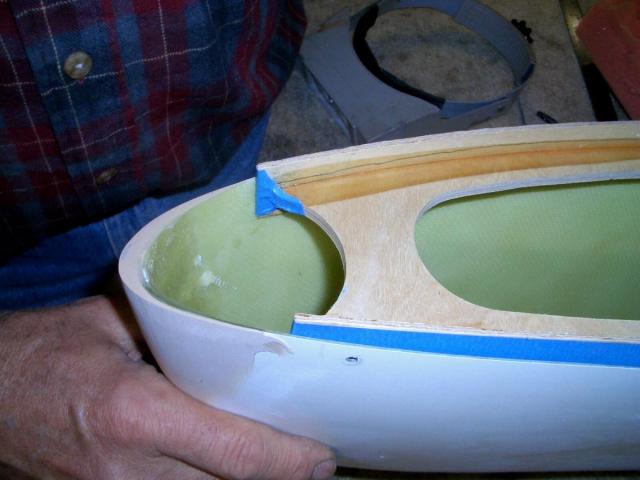
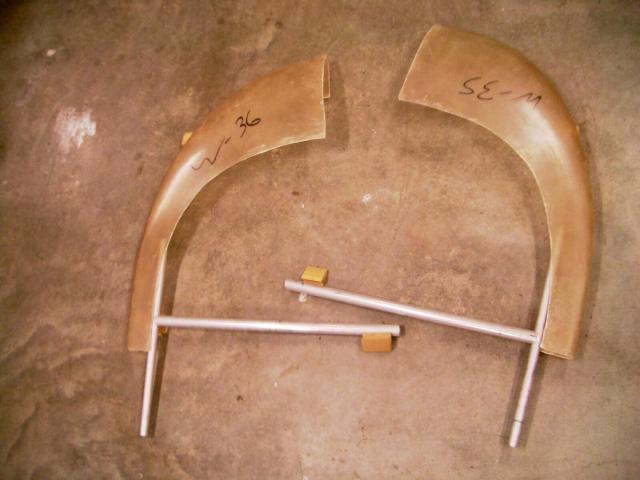
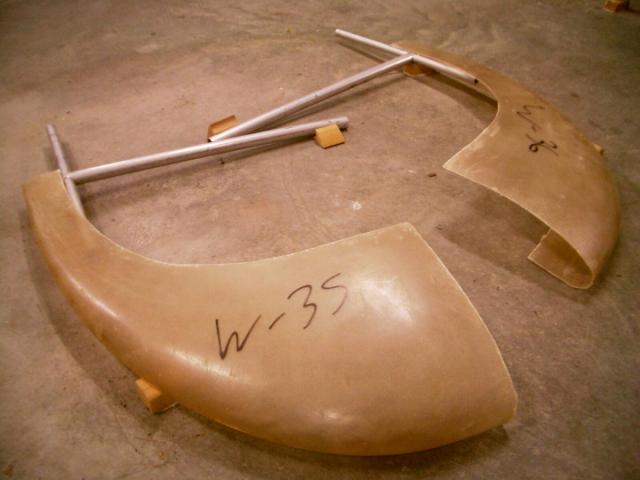
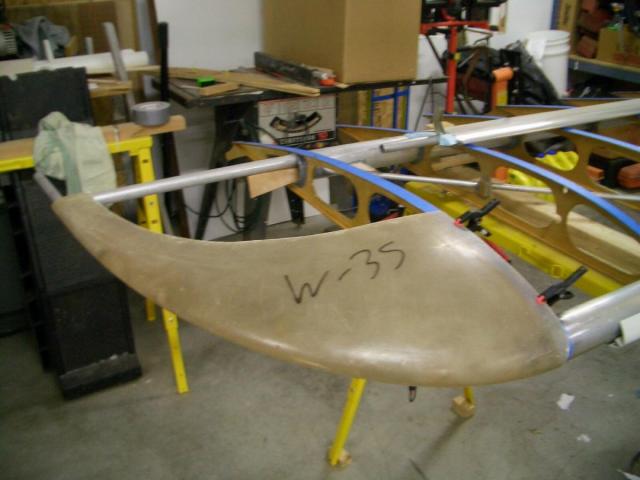
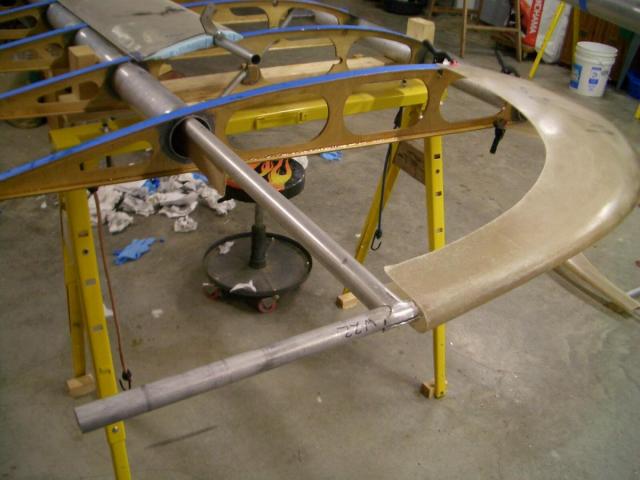

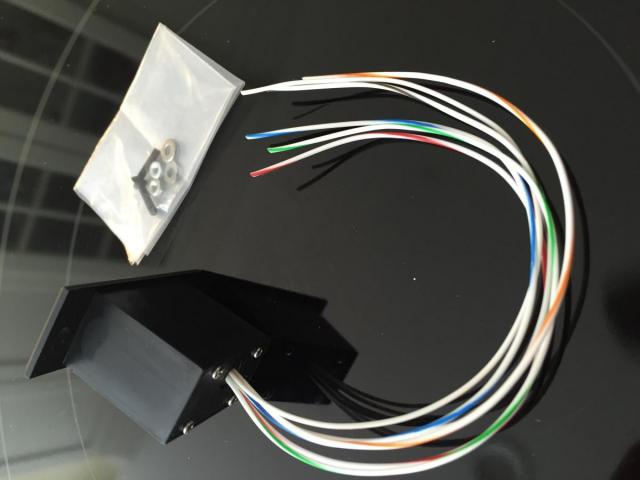

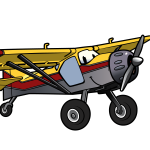
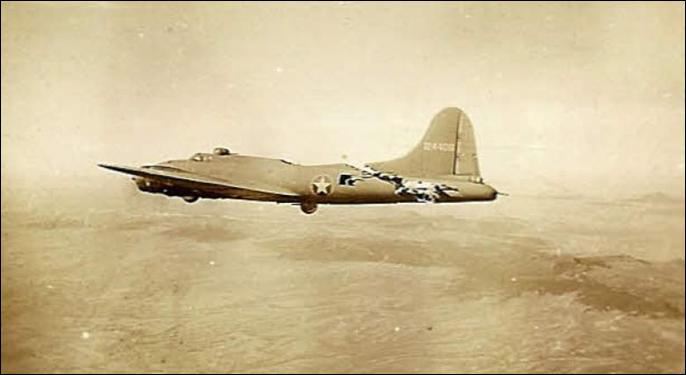
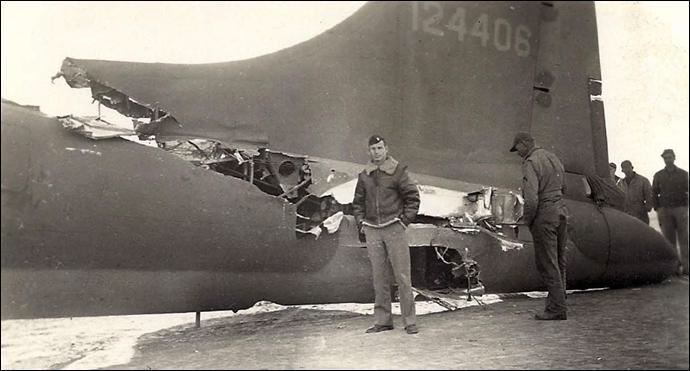


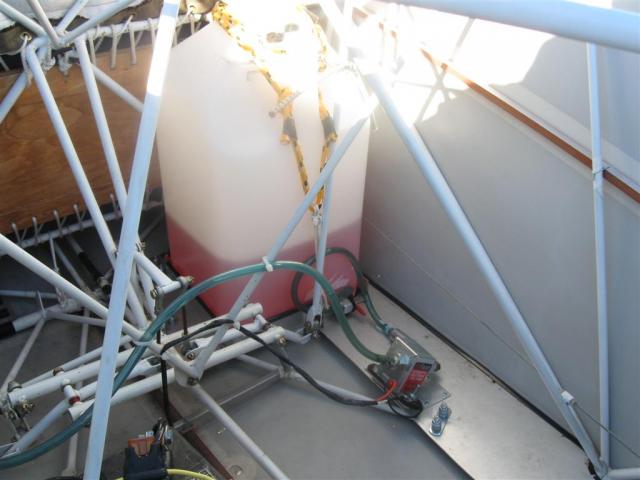
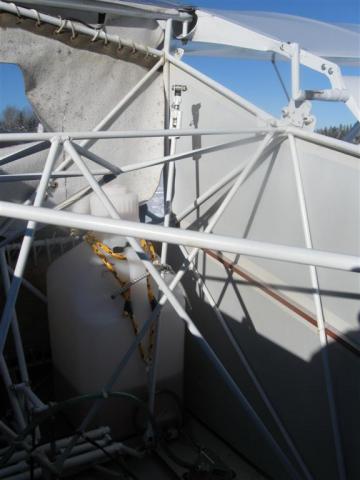
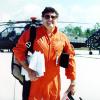
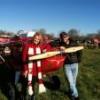
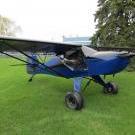

plastic leading edge
in Avidfoxflyers General Hangar
TJay
Posted
Thanks guys